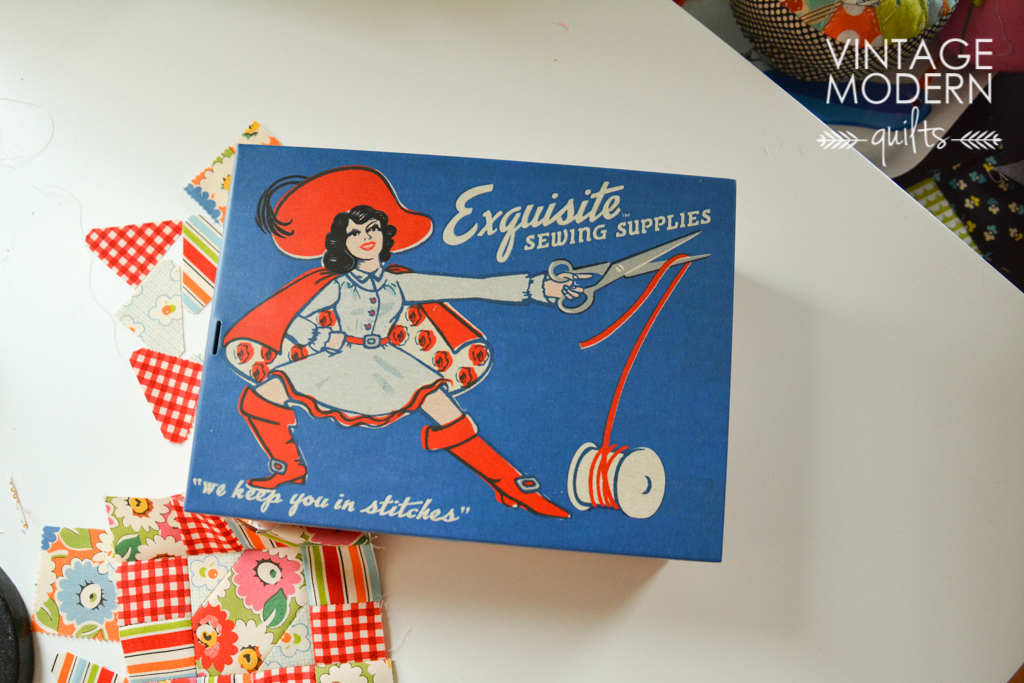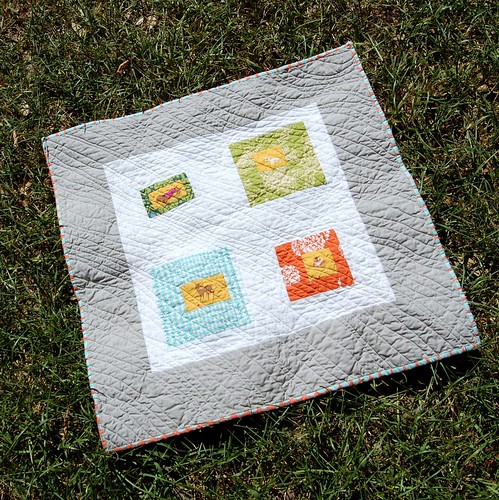Complete Guide to Proper Care and Maintenance of Quilting Tools and Equipment
Keep cutting instruments sharp by using a rotary cutter sharpener or replacing the blades regularly. Dull blades can damage fabric and create inaccurate cuts, leading to frustrating sewing experiences.
Regularly clean your sewing machine to prevent dust and lint buildup. Use a small brush or a soft cloth to remove debris from the machine’s exterior and around the feed dogs. Ensure to follow the manufacturer’s manual for internal cleaning every few months.
Store fabrics in a cool, dry place, away from direct sunlight. This helps prevent color fading and deterioration. Use acid-free storage containers to protect your materials from pests and moisture.
Maintain thread quality by storing spools upright in a dedicated organizer. Avoid exposure to extreme temperatures and humidity, as these conditions can weaken threads, causing breakage during use.
Lastly, regularly inspect cutting mats for wear and replace them when necessary. A damaged mat can lead to inaccurate cuts and damage blades over time. Treat your crafting essentials with care, and they will perform better and last longer.
Cleaning Your Rotary Cutters and Blades
Regular maintenance of rotary cutters enhances performance and extends lifespan. Begin with disassembling the cutter to access the blade fully. Use a soft cloth dampened with mild soap and water to wipe down both the exterior and interior components. Avoid harsh chemicals, which may damage finishes or affect usability.
Blade Cleaning Techniques
To remove adhesive buildup or fabric lint from the blade, employ a cotton swab soaked in rubbing alcohol. Ensure careful application to prevent damaging the sharp edge. Rinse the blade with clean water and dry it thoroughly to prevent rust.
Storage Tips
Store rotary cutters in a protective case or with blade covers to avoid accidental contact. Keep them in a cool, dry place away from direct sunlight to maintain quality. Periodic checks for residue and overall condition help prolong their life while ensuring optimal performance during projects.
Maintaining Your Sewing Machine for Quilting
Regular cleaning is crucial. Remove lint and debris from the bobbin area and feed dogs after each project. A soft brush and a small vacuum attachment can make this task easier.
Check needle condition frequently. Replace with a new one if it becomes dull, bent, or damaged. Use the appropriate size for fabric thickness to ensure even stitches.
Oil moving parts according to the manufacturer’s instructions. Use only recommended lubricants. This step minimizes friction and wear, extending machine life.
Run a test swatch before starting a new project. Adjust tension settings as needed to achieve the desired stitch quality.
Store in a dust-free environment. Cover the machine when not in use to provide protection from dust and sunlight.
- Inspect power cords for fraying or damage.
- Verify that the presser foot is functioning properly.
- Ensure the feed dogs are engaged when sewing.
Schedule professional servicing at least once a year. Technicians can identify issues that may not be visible to the user.
Proper Storage Techniques for Fabrics
Store fabrics in a cool, dry environment to prevent moisture damage and fading. Use acid-free, archival-quality storage solutions to avoid chemical reactions that can degrade the material over time.
Organizational Methods
Opt for clear containers or bins for visibility. Stack fabrics neatly, avoiding overcrowding, which can lead to creasing. Utilize shelving units to maintain order and provide easy access. Consider rolling fabric instead of folding, as this minimizes creases and maintains the integrity of the fibers.
Protection from Pests
Incorporate lavender sachets or cedar blocks in storage spaces to deter moths and other insects. Regularly inspect stored items for signs of infestations. Vacuum sealed bags can provide additional protection against pests and dust.
Sharpening and Storing Scissors Safely
Regularly sharpen scissors with a designated sharpening tool or a whetstone to maintain cutting precision. For best results, align the blade at an angle recommended by the manufacturer, typically between 15 and 20 degrees. Clean blades after sharpening to remove metal shavings and debris.
Store scissors in a protective sheath or case to shield blades from damage and prevent accidental cuts. Keep them in a designated drawer or container, away from other tools that may cause nicks or dullness. Magnetic strips can also be useful for convenient access while keeping blades secure.
For safety, ensure the sharp edges do not come into contact with fingers or other sharp implements. Use a label or identifier for specialized scissors, like fabric shears, to avoid misuse. Regular inspections for any signs of wear or damage extend lifespan and maintain functionality.
Keeping Your Quilting Rulers Accurate and Clean
Regularly inspect rulers for nicks or dents that can affect precision. Use a soft cloth to wipe away fabric particles, dust, and oils. For deeper cleaning, warm soapy water with a gentle scrub will remove stubborn debris. Avoid abrasive materials that might scratch surfaces.
Store rulers flat or in a protective case to prevent warping. Avoid exposure to direct sunlight or extreme temperatures. Mark any measurements clearly with a fine-point marker, ensuring they remain visible and accurate.
After use, check alignment with a grid to confirm precise angles. If necessary, recalibrate by measuring against a known standard. Proper maintenance extends the life of rulers and enhances the quality of projects.
Managing Threads and Avoiding Tangles
Organize spools in a dedicated thread box with individual compartments to prevent overlapping and tangling. Consider using bobbin holders that keep bobbins secure and easy to access. A magnetic bobbin holder can add a layer of efficiency, preventing the bobbins from rolling away.
Label Everything
Label spools with their type and color to simplify selection during projects. Use a permanent marker on each spool or attach colored dot stickers for quick identification. This method can save time and reduce frustration when searching for specific threads.
Storage Techniques
Store threads away from direct sunlight and moisture to avoid fading and deterioration. Keep them in a cool, dry location, preferably in closed containers to minimize dust accumulation. Hanging threads on a wall-mounted rack can not only save space but also serve as a visual guide for available colors and types.



